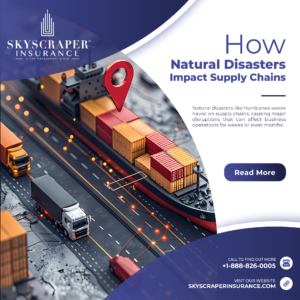Recovery efforts have begun throughout the East Coast in the aftermath of Hurricane Isaias.
The Northeast was hit particularly hard as high winds knocked out power for millions of Americans. Many of them are still in the dark days after the storm.
Isaias first hit Puerto Rico and the Dominican Republic as it traveled through the Caribbean before making landfall in North Carolina on August 3 as a Category 1 storm. Isaias hit the East Coast with maximum sustained winds of 85 mph, bringing torrential rains, storm surge, damaging winds and tornadoes.
The Mid-Atlantic and Northeast recorded wind gusts of 60 to 70 mph as the core of Isaias passed through the region.
Forecasters update season outlook, calling for even more storm activity
Damage assessments and cleanup efforts begin as both NOAA and Colorado State University (CSU) update their forecasts for the 2020 hurricane season, now calling for an “extremely active” season, predicting 10 to 15 named storms.
In this latest forecast, CSU anticipates 24 named storms (up from 20 in the July update), 12 hurricanes (up from nine), and five major hurricanes (up from four). For context, a typical hurricane season, which runs from June 1 through Nov. 30, has 12 named storms, six hurricanes, and three major hurricanes, according to the Triple-I.
So far this season, nine named storms and two hurricanes have formed in the Atlantic Basin.
“We anticipate an above-normal probability for major hurricanes making landfall along the continental United States coastline and in the Caribbean,” the CSU forecast reads.
In their update, CSU forecasters also added an important reminder for all coastal residents.
“As is the case with all hurricane seasons, coastal residents are reminded that it only takes one hurricane making landfall to make it an active season for them. They should prepare the same for every season, regardless of how much activity is predicted.”




